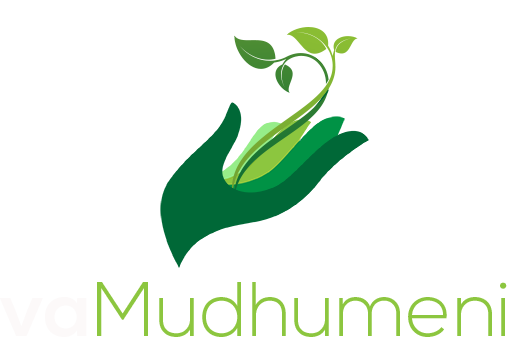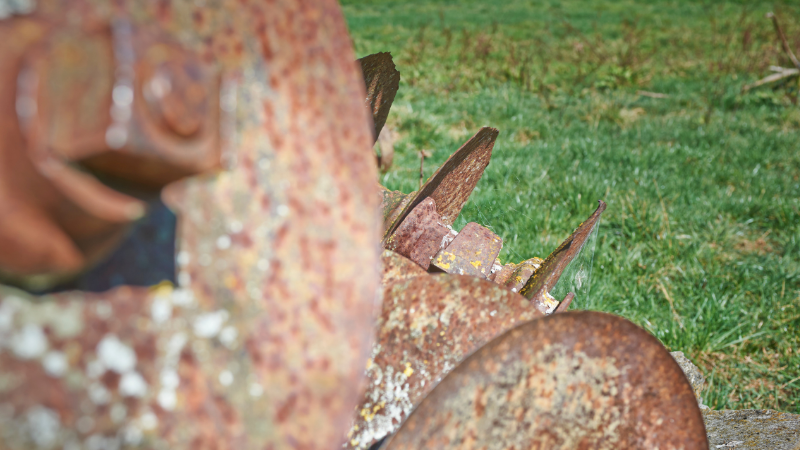By Albert Makendenge
From tilling the fields before the hot September-October sun to the simple cutting down of small trees, bushes and stumps in and around the fields as various forms of land preparation. It is winter ploughing (done more or less in winter – from March up until May, June and so forth) which comes out top as the most important agricultural activity for any serious farmer. Winter ploughing serves several key purposes as explained below.
Winter ploughing helps to reduce weeds. This is especially true for couch grass, whose long creeping roots are exposed to the sun by tilling. Which effectively reduces its incidence in the field. Weeds that are buried under the soil decay and enrich the field as manure.
Another advantage of winter ploughing is that it destroys pests such as maize stalk borers in their pupal stage by exposing them to the sun. This will allow the crops to grow and develop in a pest-free environment for the best possible quality and quantity of the final yield.
Winter ploughing also helps to loosen up the soil and therefore making it more porous so that rainwater can seep in or infiltrate instead of flowing away as runoff without being accessible to roots of the plants or crops. A porous soil is much better as it allows free air circulation of important gases such as oxygen and nitrogen.
Lastly, apart from making the land much easier to cultivate, winter ploughing also serves to free up time for other more important activities that come as soon as the summer season begins. All of these aforementioned benefits lead towards a better final yield and it is therefore advisable for farmers to prepare themselves for a favorable agricultural season.

